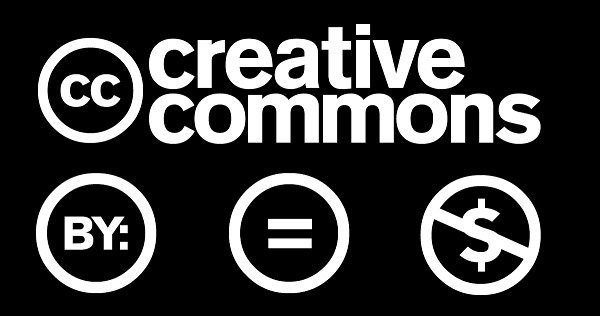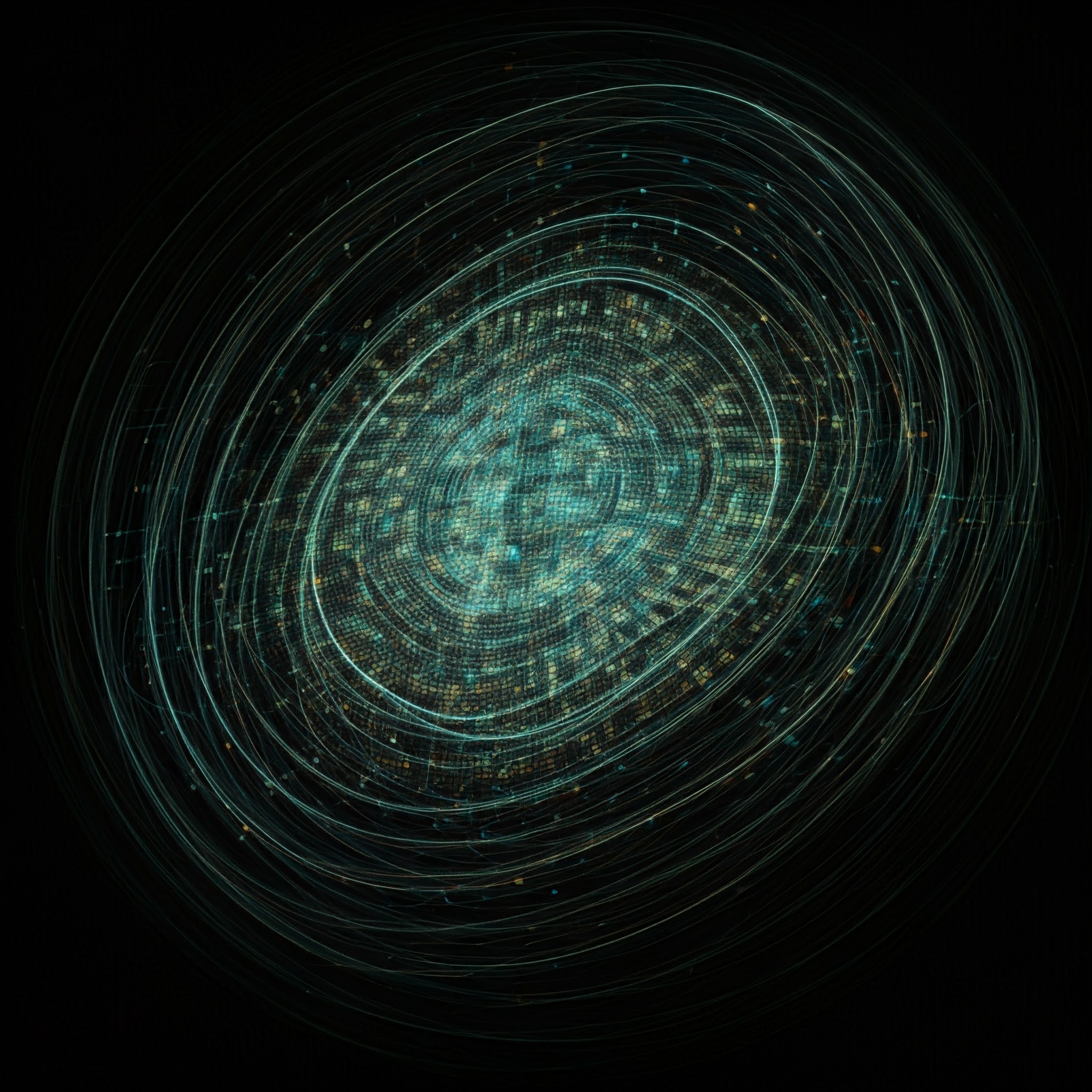You’ve probably heard the name “creative commons” before, especially if you’ve spent any amount of time on Wikipedia. But, what exactly do these licenses do for you and others who develop original works? Do they protect you? Do they allow you to distribute your work freely? Can you distribute others’ works freely? What are the restrictions? The answer to those questions is: it depends. It depends on the license.

Attribution
The license allows others to distribute, remix, tweak, or otherwise change the work in question. Users may even use the work commercially, as long as they credit the original author for the creation. They cannot leave no attribution. This is the freest and most accommodating license there is. Under this license, you could, for example, change a work and use it for private purposes, distribute it via www.Vuze.com, or use it on your own commercial website.
Attribution ShareAlike
This license is a little more restrictive, but still generous. It allows users to remix, tweak, and create additions to an existing work as long as they credit the original author and license their new creations under the identical terms of the original work. So, for example, you could change a piece of software, but you would have to leave the original license in place, and make it applicable to your new creation. You would also have to credit the original author for the original contribution. There are no restrictions on commercial use.
Attribution-NonCommercial
This license allows you to remix, change or tweak a work as long as it’s for non-commercial use. While the license restricts the use of the original and derivative works, it does not restrict the license itself. So, for example, you wouldn’t have to allow others the right to distribute or change or modify your derivative work. But, you would have to keep your derivative work non-commercial.
Attribution NonCommercial ShareAlike
This license allows others to remix, change, or otherwise create derivatives of the original work, as long as it’s not used commercially. Additionally, any derivative works must carry the same license as the original. This is similar to the Attribution ShareAlike with the additional restriction of non-commercialization.
Attribution NoDerivatives
This license allows for redistribution, both non-commercial and commercial, as long as you don’t change anything in the original work. You cannot change, tweak, edit, modify, create derivatives, or add to the original in any way. Like ShareAlike licensing schemes, you cannot change or alter the license after sharing. That means the license of the original work remains intact, regardless of how many times it’s been shared or on what platform it’s been shared on.
Attribution NonCommercial NoDerivatives
Finally, this license is possibly the most restrictive of them all. You may share the work, but it must be for non-commercial purposes. You are also not allowed to make any changes to the original. You must link back to the original author and credit them whenever and wherever you share the work. This license is sometimes referred to as “free advertising.”
Oddly enough, it restricts commercial use when sharing the work, though there are no restrictions on sharing as such.
Jason Grover researches copyright laws and the resulting issues that often arise. He especially enjoys writing about new approaches to copyright and how a user can make confident choices in their creativity.












Add Comment